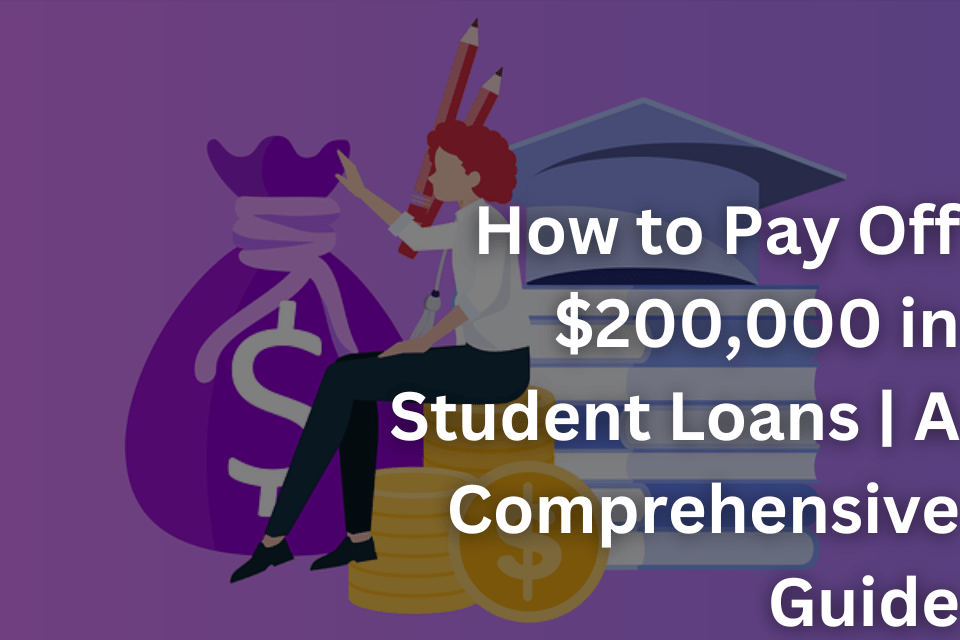Student loans can be a significant financial burden, especially for those who have borrowed large amounts to pay for their education. If you find yourself facing $200,000 in student loan debt, it can feel overwhelming and impossible to pay off. However, with the right plan and approach, it is possible to pay off your student loans and regain financial freedom. In this guide, we will discuss the best strategies for paying off a large student loan balance and provide tips for managing your debt.
Understand Your Loan Terms and Repayment Options
The first step in paying off your student loans is to understand the terms and repayment options of your loans. This includes the interest rate, repayment term, and any additional fees or penalties. Knowing this information will help you create a repayment plan that works for your budget and goals.
Some repayment options to consider include:
- Standard Repayment: This is the most common repayment plan, with a fixed monthly payment for up to 10 years.
- Graduated Repayment: With this plan, payments start low and increase every two years.
- Extended Repayment: This plan allows for a longer repayment term of up to 25 years.
- Income-Driven Repayment: With this plan, your monthly payments are based on your income and family size.
Create a Budget and Stick to It
One of the most important steps in paying off your student loans is creating a budget and sticking to it. This will help you prioritize your expenses and ensure that you are putting enough money towards your student loan payments each month.
To create a budget, start by tracking your income and expenses for one month. Then, use that information to create a plan for how you will spend your money each month. Be sure to include your student loan payments in your budget, and make sure that you are not spending more than you earn.
Consider Refinancing
Refinancing your student loans can be a great way to lower your interest rate and monthly payments. This can make it easier to pay off your student loans and save money in the long run.
When considering refinancing, be sure to compare offers from multiple lenders and consider the terms and fees of each offer. You should also consider your credit score and income when applying for refinancing.
Make Extra Payments
Making extra payments towards your student loans can help you pay off your debt faster and save money on interest. Even small extra payments can make a big difference over time.
One strategy to consider is the “debt snowball” method, where you pay off your smallest loans first and then work your way up to your larger loans. This can help you build momentum and motivation as you see your debt decrease.
Seek Help and Resources
If you are having trouble making your student loan payments, don’t hesitate to seek help and resources. There are many organizations and government programs that can provide assistance with student loan repayment.
Some options to consider include:
- Loan forgiveness programs: Some government and private programs may forgive a portion of your student loans if you meet certain qualifications.
- Deferment or forbearance: These options allow you to temporarily postpone or reduce your student loan payments.
- Financial counseling: Many organizations provide free financial counseling and assistance with student loan repayment.
Conclusion
Paying off $200,000 in student loans may seem like an impossible task, but with the right plan and approach, it is possible. By understanding your loan terms, creating a budget, and considering options like refinancing and extra payments, you can make progress towards paying off your debt. Additionally, seeking help and resources, such as loan forgiveness programs, financial counseling and government assistance can provide additional support and guidance. Remember, it may take time and effort, but with dedication and determination, you can successfully pay off your student loans and regain financial freedom.

